What To Know Before Cruising California’s Central Coast On Highway 1
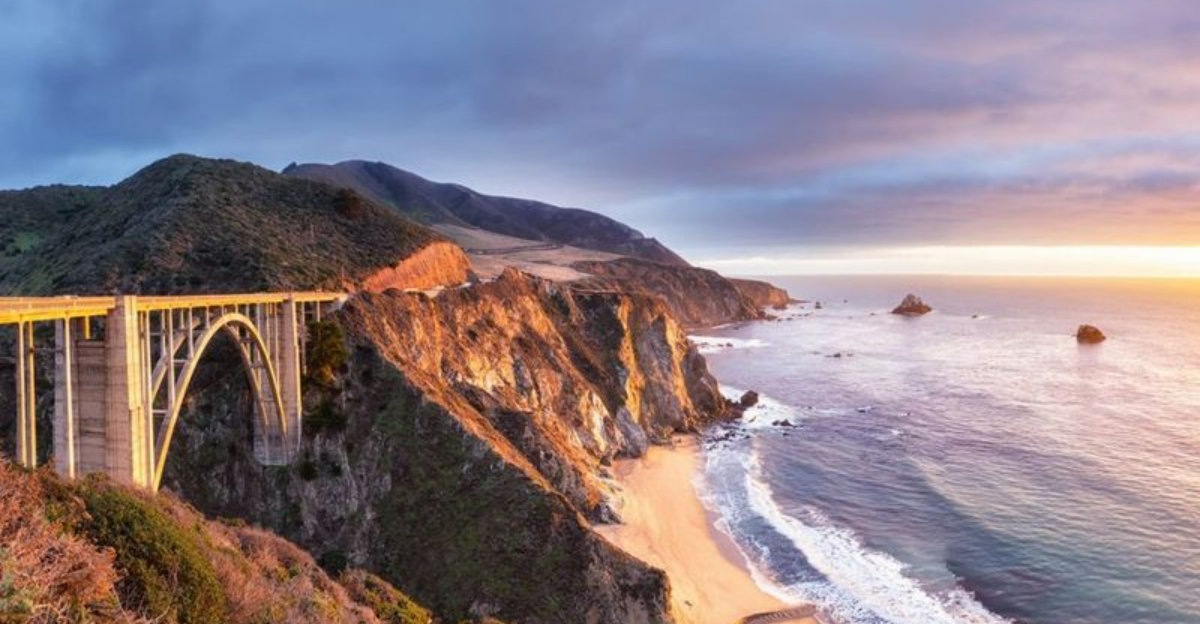
Cruising along Highway 1 through California’s Central Coast offers one of America’s most breathtaking road trips. The winding ribbon of asphalt hugs dramatic cliffs, revealing stunning ocean views and charming coastal towns at every turn.
Before you hit the road for this bucket-list adventure, there are some important things to know that will make your journey smoother, safer, and more memorable.
1. Plan for Unexpected Closures
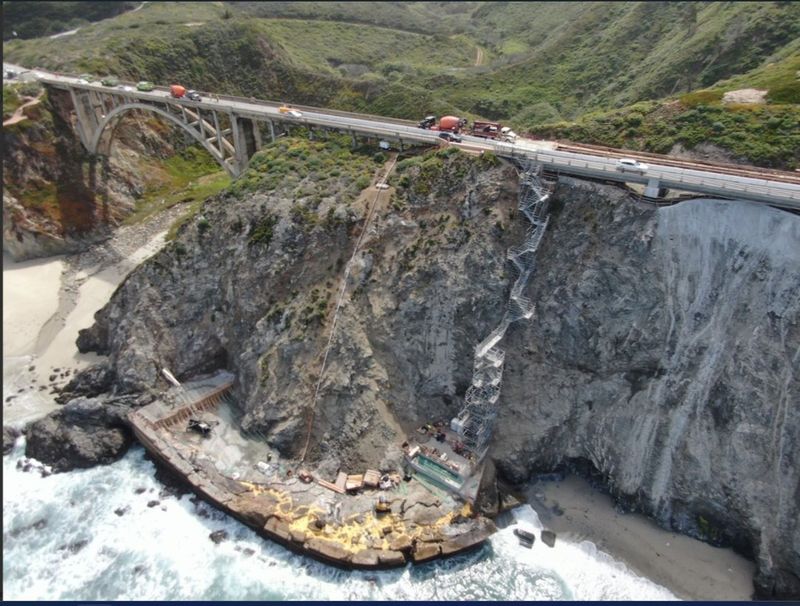
Mother Nature frequently reshapes this iconic route with landslides and erosion. During winter months especially, sections of Highway 1 can close without warning due to storms or repair work.
Always check Caltrans’ website or call their hotline (1-800-427-7623) before heading out. Smart travelers build flexibility into their itineraries, with backup routes like Highway 101 ready just in case.
2. Gas Up When You Can
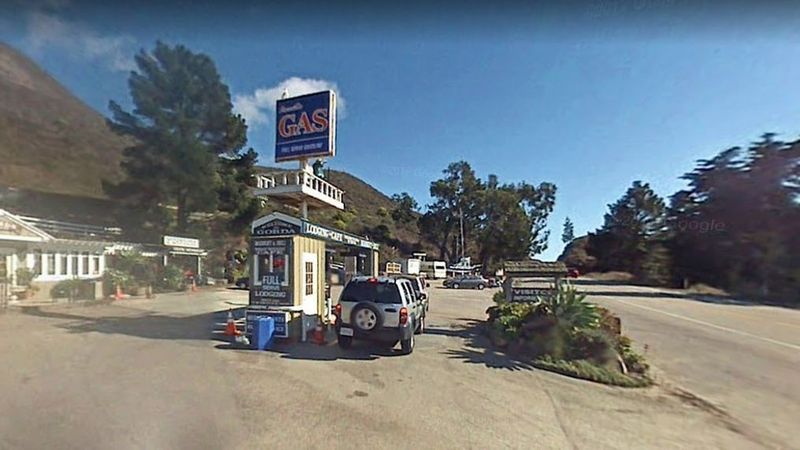
Filling stations appear like mirages along certain stretches of Highway 1 – rare and sometimes expensive. The distance between gas stations can stretch uncomfortably far, especially between Cambria and Big Sur.
My rule of thumb? Never let your tank drop below half-full. Prices tend to spike in remote areas, so fuel up in larger towns when possible. Carrying a small gas can for emergencies isn’t paranoid – it’s prudent!
3. Embrace the Slow Pace
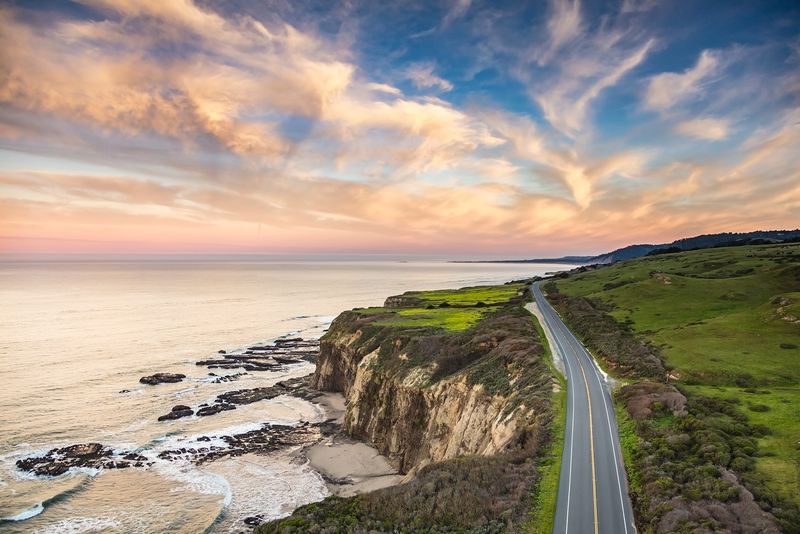
Racing through Highway 1 misses the entire point of this legendary drive. The road demands patience with its hairpin turns, 25 mph zones, and frequent tourist traffic.
You’ll want to pull over at countless vista points anyway. Allow at least twice the driving time Google Maps suggests – three hours can easily become six with photo stops and scenery appreciation. The journey itself is the destination here, not just getting from point A to B.
4. Pack Motion Sickness Remedies
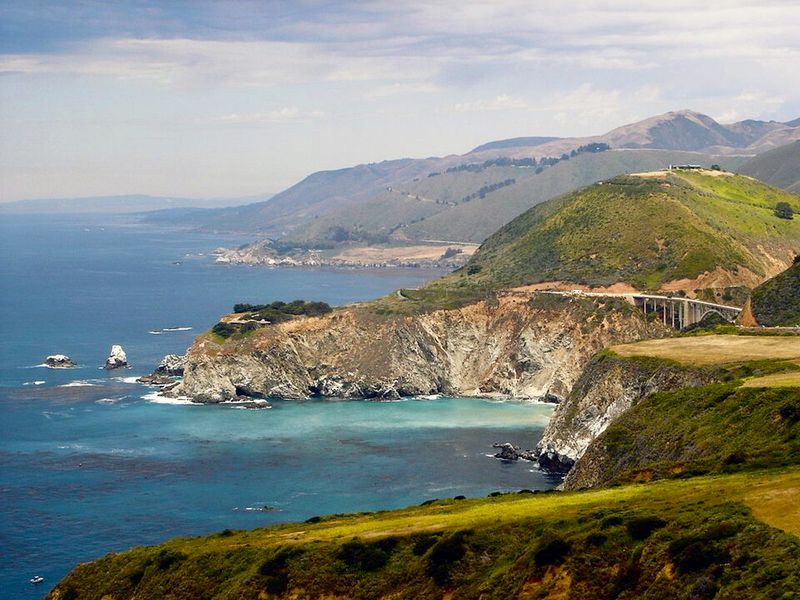
Even passengers with iron stomachs might feel queasy on Highway 1’s endless twists and turns. The combination of serpentine roads and dramatic elevation changes can challenge anyone’s equilibrium.
Ginger candies, pressure-point wristbands, and over-the-counter medications like Dramamine are worth bringing along. For prevention, drivers should take it slow around curves, while passengers should focus on the horizon rather than their phones or books.
5. Download Maps and Playlists Beforehand
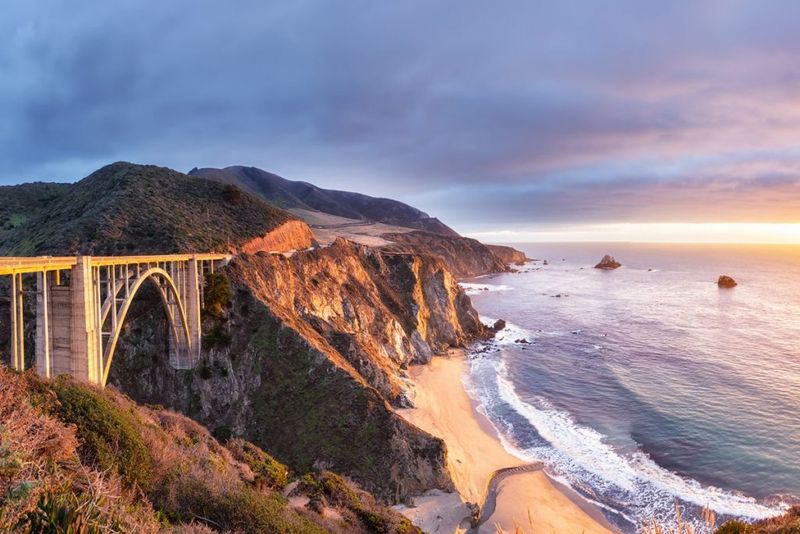
Cell service along Highway 1 plays hide-and-seek, with long stretches offering zero bars. This beautiful isolation is part of the charm but requires preparation.
Before departure, download offline Google Maps for the entire route. Creating a special road trip playlist ahead of time prevents music interruptions when streaming fails. I also recommend downloading restaurant information and attraction details for each planned stop – you’ll thank yourself later!
6. Book Accommodations Well in Advance
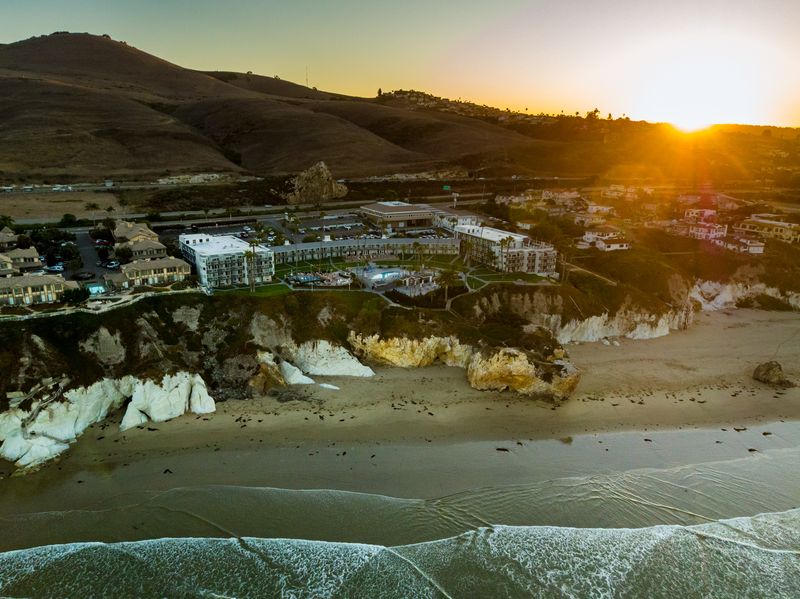
Finding last-minute lodging along Highway 1 often leads to disappointment or budget-busting prices. The limited number of hotels and their popularity means they fill up months ahead, especially during summer and weekends.
For the best experience, secure your rooms at least 3-4 months before traveling. This becomes even more crucial when visiting hotspots like Carmel-by-the-Sea or Big Sur. Campgrounds require similar planning – some state park sites open for reservations exactly six months ahead.
7. Dress in Layers Year-Round
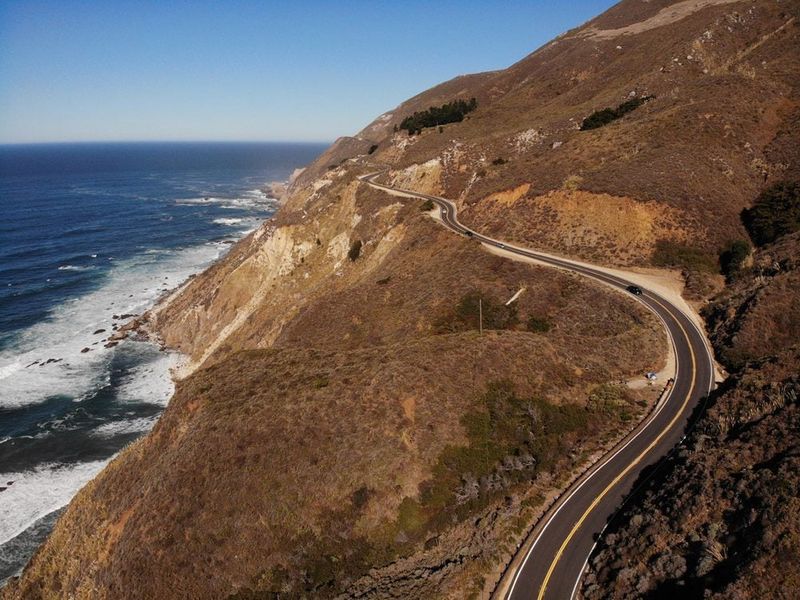
Coastal microclimates along Highway 1 can shift dramatically within minutes and miles. You might experience sunny 75° weather at one beach, then drive into a fogbank with temperatures dropping 20 degrees just around the bend.
Layering is your fashion strategy here – t-shirts under light sweaters, topped with windbreakers work well. Don’t forget sunscreen either, as UV rays penetrate even through fog. And always pack a warm hat and light gloves, even in summer months.
8. Time Your Big Sur Visit Strategically
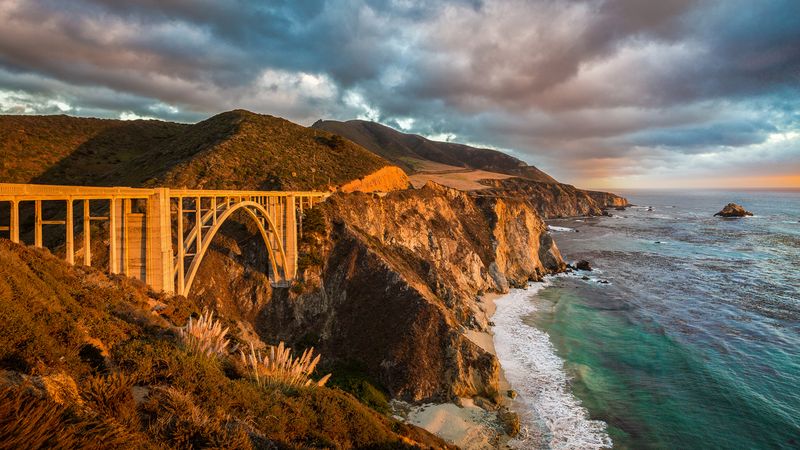
The crown jewel of Highway 1, Big Sur draws crowds that can diminish its natural majesty. During summer and holiday weekends, parking lots overflow by mid-morning, and popular spots like McWay Falls become selfie stick forests.
Visiting on weekdays or during shoulder seasons (April-May or September-October) offers a more serene experience. Early mornings and late afternoons provide the best light for photography and typically fewer visitors. Some travelers even drive south to north to hit Big Sur earlier in the day.
9. Watch for Wildlife on and off the Road
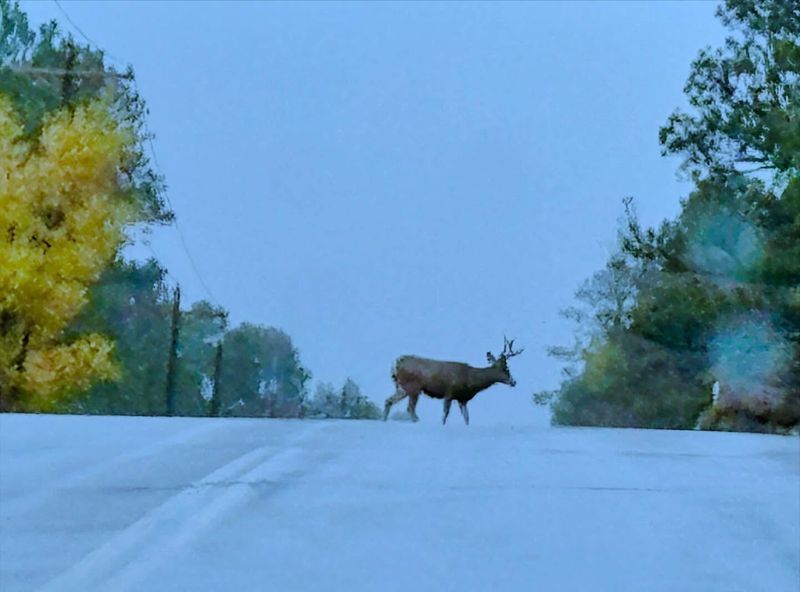
Highway 1 cuts through prime habitat for diverse wildlife, from soaring condors to migrating whales. Driving demands vigilance – deer frequently cross the road, especially at dawn and dusk.
Binoculars enhance your experience tremendously – keep them handy for spotting sea otters, harbor seals, and dolphins from pullouts. Between December and May, scan the horizon for gray whale spouts during their migration. Remember that elephant seal rookeries near San Simeon offer guaranteed wildlife viewing year-round.
10. Save Room for Culinary Treasures
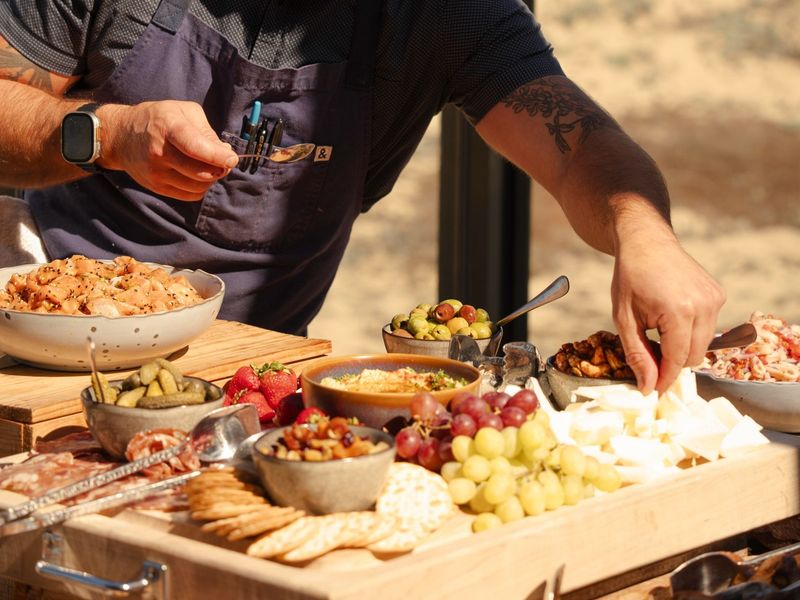
The Central Coast boasts exceptional food experiences that deserve space in your itinerary and appetite. From fresh-caught seafood in Morro Bay to artichoke stands in Castroville, local flavors abound.
Farm-to-table isn’t just a trend here – it’s a way of life. Wine lovers should schedule tastings in Paso Robles or the Santa Ynez Valley, just inland from the highway. My favorite strategy involves picnicking with local provisions from farmers’ markets and specialty shops found in nearly every coastal town.
